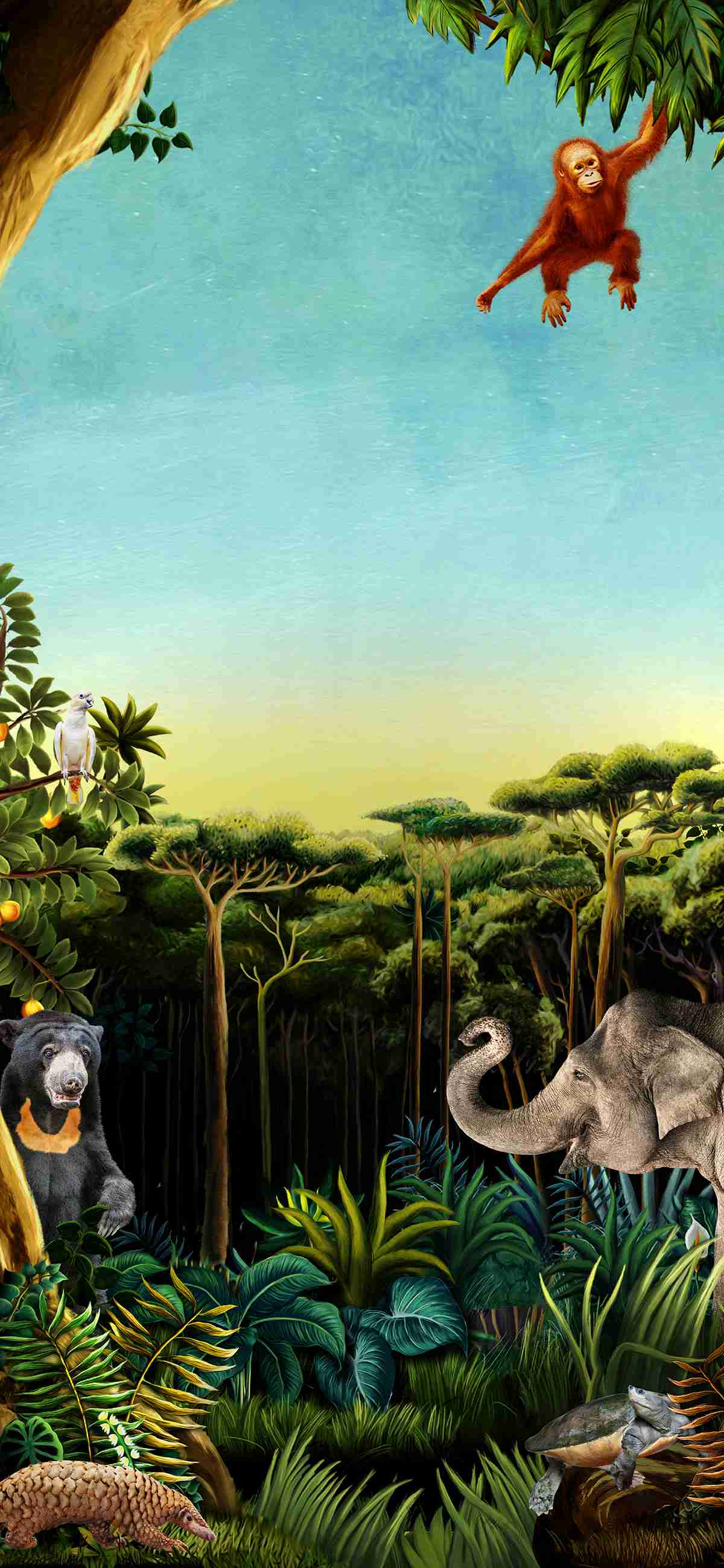Madagascar's top predator debuts in Singapore Zoo
26 APR 2018
The newest arrivals in Singapore Zoo—the fossa—are a bit of an enigma
which look all at once like a cat, a dog, and a mongoose
PHOTO CREDITS: WILDLIFE RESERVES SINGAPORE

The newest arrivals in Singapore Zoo—the fossa—are a bit of an enigma
which look all at once like a cat, a dog, and a mongoose
PHOTO CREDITS: WILDLIFE RESERVES SINGAPORE
With a cat-like head, short, dog-like muzzle and ears, coupled with a slender body and muscular limbs, the fossa is famously portrayed as the ruthless and not-so-bright antagonists in the animated movie Madagascar. In truth, fossas are intelligent, graceful and well-deserving of their title as Madagascar’s apex predators. One thing the movie did get right was their taste for their favourite prey—lemurs.
Nine-year-old male fossa Varus is bold and inquisitive, always quick to investigate new sights and sounds. Five-year-old female Kabibi leans more on the shy side, taking longer to warm up to her keepers. As solitary animals by nature, the two fossas will share their new exhibit in Singapore Zoo on a rotational basis.
Guests visiting Varus and Kabibi can look forward to daily interactive sessions with the fossa carers. Through a clever design at the exhibit, keepers can access the fossas from the guest area to conduct medical conditioning—an important part of the animals’ health care regime while allowing guests an up-close view of our keepers interacting with Madagascar’s top predator!
The exhibit is also inbuilt with features that replicate the fossa’s natural habitat to improve both animal welfare and guests’ viewing experience. Guests can watch the fossa maneuver expertly around dynamic branches that sway with its weight, helping to enhance its sense of balance and muscularity.
Varus and Kabibi were brought to Singapore Zoo under the recommendation of European Endangered Species Programmes (EEP), a breeding programme by the European Association of Zoos and Aquariums (EAZA) of which Singapore Zoo is a member.
Under the programme, which aims to conserve healthy populations of animals under human care and maintain their genetic diversity, Singapore Zoo’s latest couple is tasked to produce more baby fossas.
Fossas are classified as Vulnerable in the IUCN* Red List of Threatened Species, under threat by habitat loss and hunting.
*International Union for the Conservation of Nature

Kabibi, Singapore Zoo’s five-year-old female fossa eating in her den.
Compared to Varus the male fossa, Kabibi has a shy demeanor. The two will share the exhibit on a rotational basis, as fossas are solitary animals by nature.
PHOTO CREDITS: WILDLIFE RESERVES SINGAPORE

Varus, Singapore Zoo’s nine-year-old male fossa ripping off pieces of meat tied onto one of the dynamic branches which are part of exhibit design. Contrary to older, static designs, dynamic branches are spring loaded and sway with the animal’s weight, replicating the way natural branches behave.
PHOTO CREDITS: WILDLIFE RESERVES SINGAPORE

As part of Singapore Zoo’s latest exhibit design philosophy with guest interactivity in mind, the fossa exhibit features a sliding panel that opens up into a meshed window. Guests can get up close to the fossa while keepers conduct conditioning sessions.
PHOTO CREDITS: WILDLIFE RESERVES SINGAPORE

